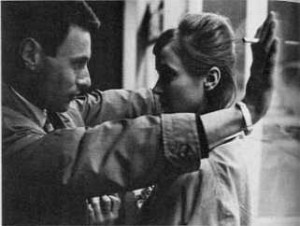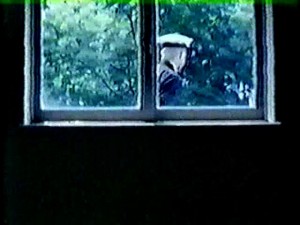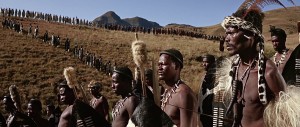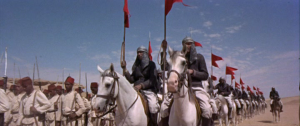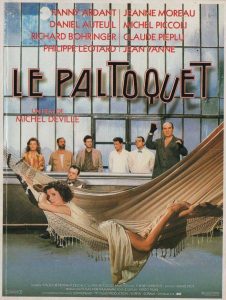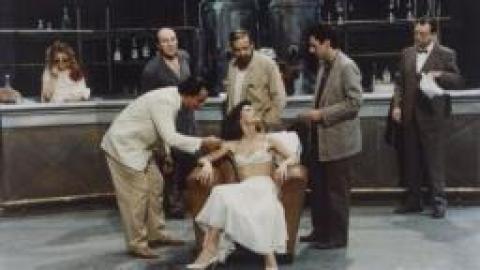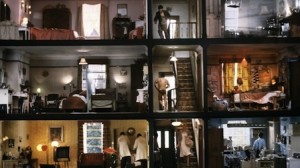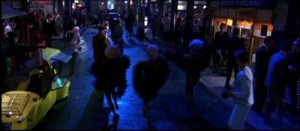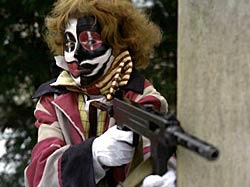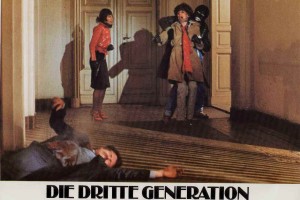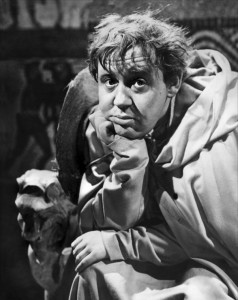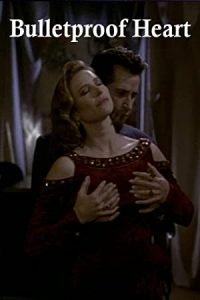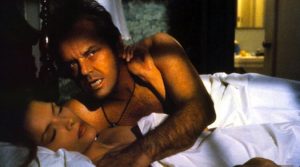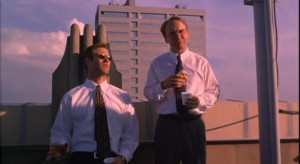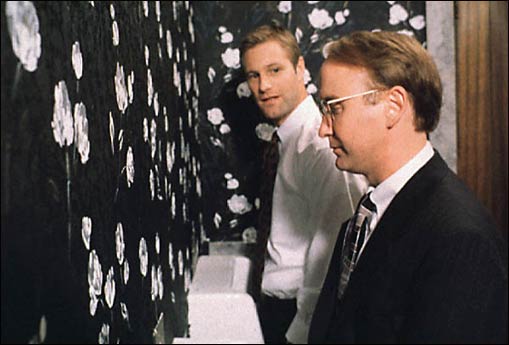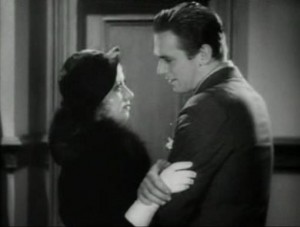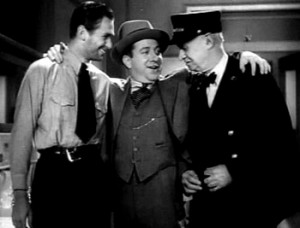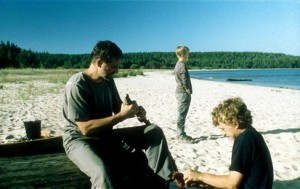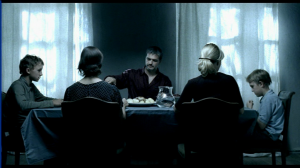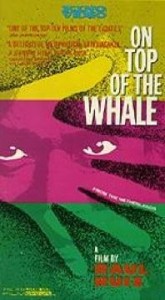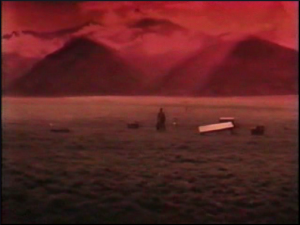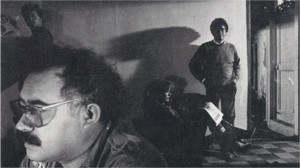From the Sunday, March 24, 1968 New York Times (“Movie Mailbag”). Coincidentally, I had just taken a bus in Manhattan with a friend the previous night to see Godard’s La Chinoise at an avant-premiere screening in Philadelphia, and before boarding the bus back, I bought the Sunday Times and found my letter published there prominently. — J.R.
Godard: Anarchy or Order?
TO THE EDITOR:
I SUPPOSE one should be grateful for The Times’s belated “recognition” of Jean-Luc Godard, particularly after a record of disapproval that has helped to keep much of his work unseen and misunderstood in this country for nearly a decade. But Eugene Archer’s slick comments are painfully inadequate for anyone who knows and cares about Godard’s films. and misleading for anyone who doesn’t. Adhering to a hallowed Times tradition, Archer is informative and interesting whenever he sticks to objective facts about Godard’s career; it is only when he turns to the films themselves that he shows his naivité.
Essential to his understanding of Godard are three questionable assumptions:
l) In order to be an artist, a filmmaker has to be a “dramatist,” not an “essayist.”
2) Godard’s films are composed of arbitrary and unstructured selections of material (“Godard…shoots anything that strikes his fancy and edits it into his film”). Read more

